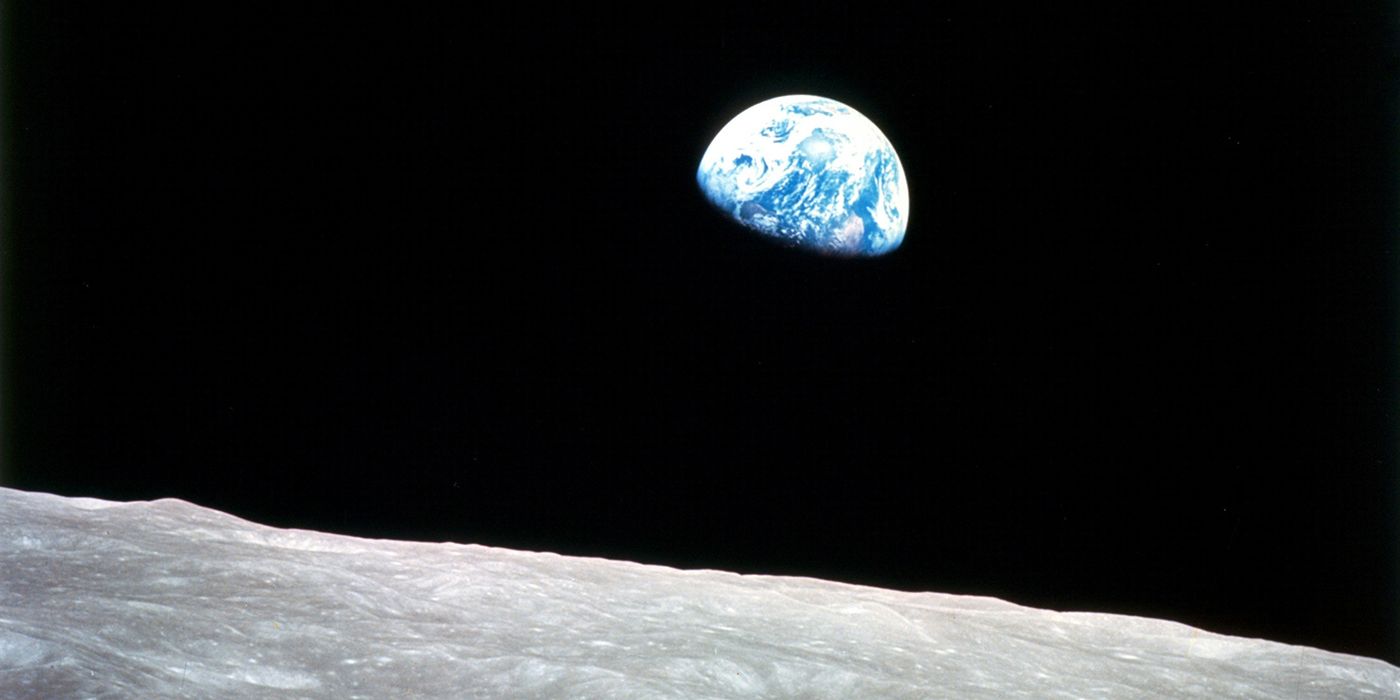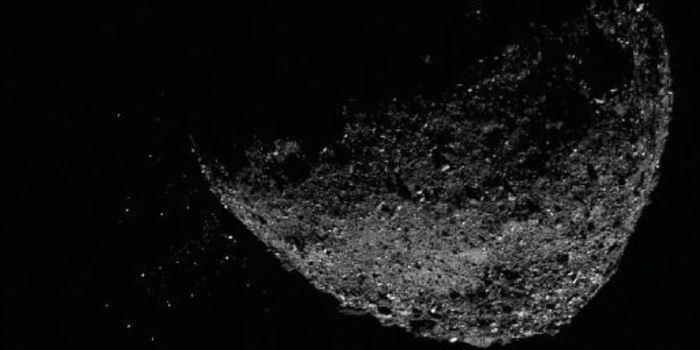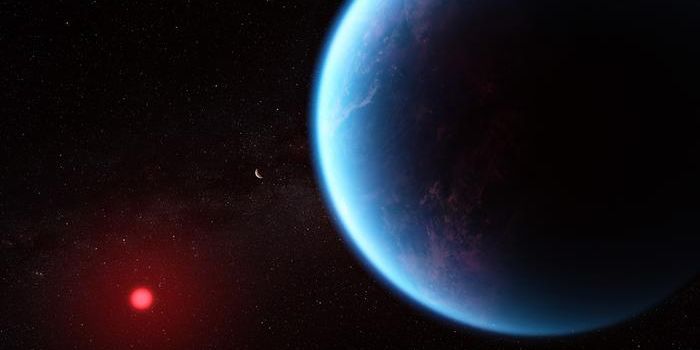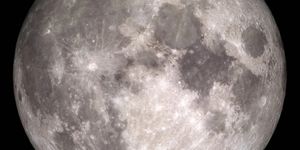Lunar Biorepository: Preserving Earth's Precious Biodiversity
Could we store samples of Earth’s endangered biodiversity on the Moon for long-term preservation? This is what a recent study published in BioScience hopes to address as a team of researchers led by the Smithsonian Institution proposes how the Moon’s permanently shadowed regions (PSRs) located at the lunar north and south poles could be ideal locations for establishing a lunar biorepository where endangered species can be cryopreserved. This study holds the potential to safeguard Earth’s biodiversity from extinction while improving future space exploration and possible terraforming of other worlds.
“Initially, a lunar biorepository would target the most at-risk species on Earth today, but our ultimate goal would be to cryopreserve most species on Earth,” said Dr. Mary Hagedorn, who is a research cryobiologist at the Smithsonian National Zoo and Conservation Biology Institute and lead author of the study. “We hope that by sharing our vision, our group can find additional partners to expand the conversation, discuss threats and opportunities and conduct the necessary research and testing to make this biorepository a reality.”
The reason lunar PSRs are of interest for this proposal is due to several craters being completely devoid of sunlight from the Moon’s small axial tilt (6.7 degrees versus Earth’s 23.5 degrees). The team postulates this presents ample opportunity for storing several groups, including pollinators, threatened and endangered animals, culturally important species, and primary producers, just to name a few.
Credit: NASA
The team emphasizes the need to protect these samples from harsh space radiation and store them at approximately -320 degrees Fahrenheit (-196 degrees Celsius), along with discussing the challenges and solutions pertaining to financial cost, energy, oversight, and sample access regarding establishing and maintaining the biorepository. One potential challenge is preparing for social unrest on Earth, specifically wars.
“We aren’t saying what if the Earth fails—if the Earth is biologically destroyed this biorepository won’t matter,” said Dr. Hagedorn. “This is meant to help offset natural disasters and, potentially, to augment space travel. Life is precious and, as far as we know, rare in the universe. This biorepository provides another, parallel approach to conserving Earth’s precious biodiversity.”
Will we be able to store samples of Earth’s endangered biodiversity on the Moon in the coming years and decades? Only time will tell, and this is why we science!
As always, keep doing science & keep looking up!
Sources: BioScience, Smithsonian's National Zoo & Conservation Biology Institute, ScienceDaily









